8 Types of Roaches and How to Tell Them Apart
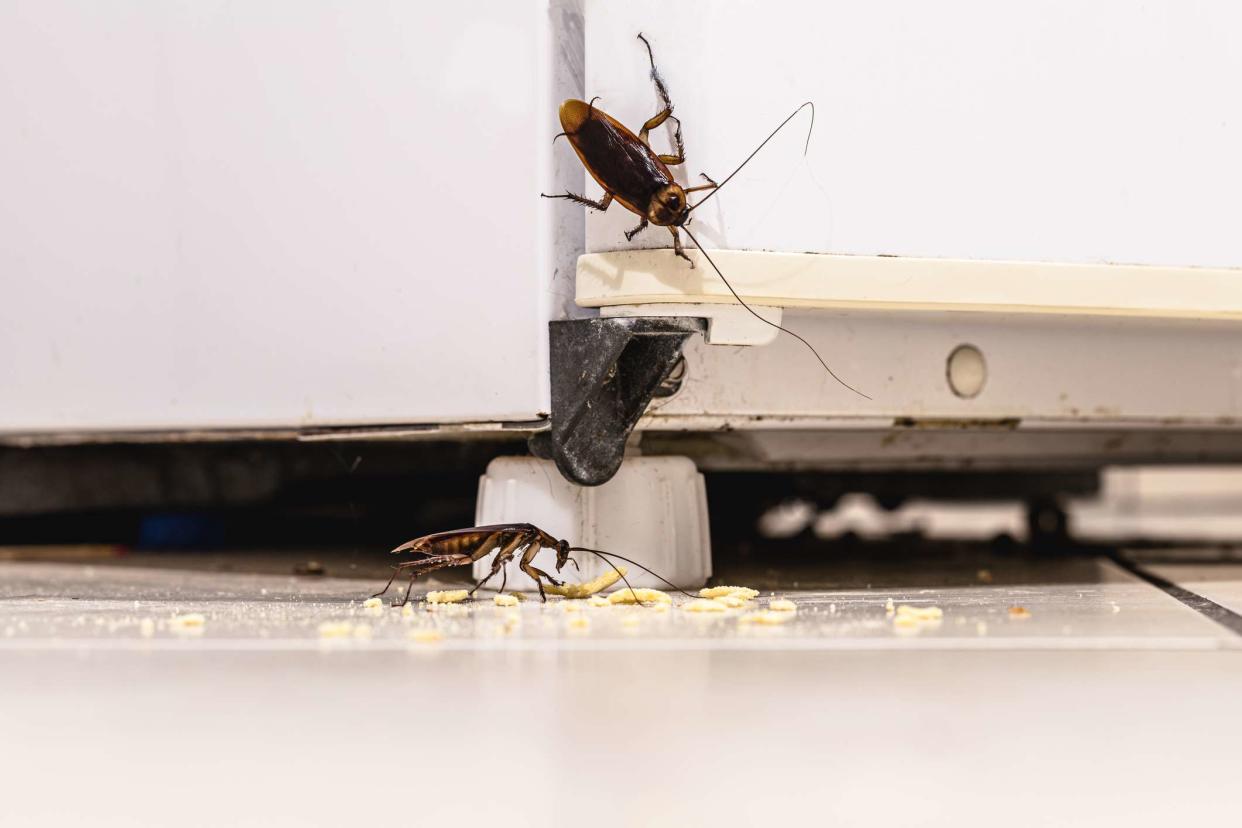
RHJ / Getty Images Plus
There are thousands of species of roaches worldwide, and over 50 reside in the United States. While roaches aren't deadly, certain types of roaches are prone to infesting homes and buildings, where they can cause property damage and transmit diseases like salmonella.
Most cockroaches in the U.S. live outside, but some prefer to reside indoors, where they reproduce quickly. So how do you tell the difference between the occasional cockroach invader and a serious roach infestation? By knowing the main differences between the most common types of roaches.
Common House Cockroaches
Roaches are one of the most common house pests. They are not only a nuisance, but dealing with an infestation can quickly become overwhelming. However, understanding more about these insects can help you better control their presence in your home.
Regardless of species, roaches are attracted to warm and humid environments, so it's important to keep your home well-ventilated, repair leaks, and reduce moisture. Once roaches become settled inside, they are notoriously difficult to eliminate, so prevention is key.
With a bit of persistence and some preventative measures, you can ensure you've done everything possible to prevent roaches. Start with simple, all-natural control measures, like:
Sealing up any cracks or crevices
Making sure window and door screens are in good repair
Ensuring door sweeps are intact
Keeping the kitchen tidy
Reducing food debris
Inspecting grocery store items and leaving cardboard boxes outside quickly
Here's a list of some of the most common types of roaches:
German Cockroach
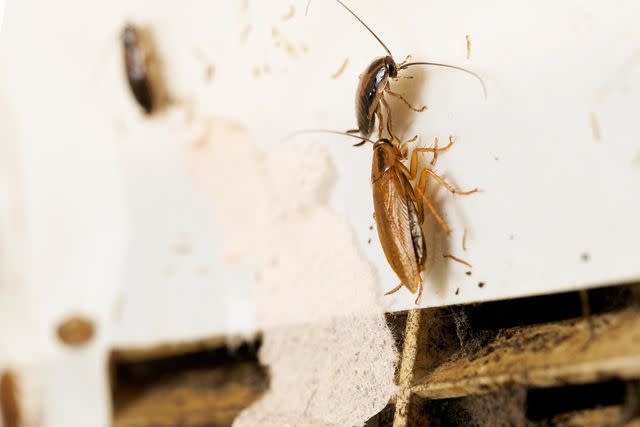
Dzurag / Getty Images
A german cockroach adult (right) and nymphs (center and left).Adults are light caramel colored with two dark, vertical stripes just behind the head
About the size of a penny when fully grown
Fast runners
Younger roaches (nymphs) are smaller, darker and oval shaped
Commonly found in cracks and crevices around homes and apartments, especially in kitchens and bathrooms
Easily brought in on cardboard boxes from the grocery store
German cockroaches are a worldwide issue, and they are the most common type of cockroach found around homes, apartments, grocery stores, restaurants, and commercial buildings.
German cockroaches do best when the temperature is around 70 degrees F, but they can reproduce year-round inside. They lay more eggs and mature faster than other cockroaches, requiring only 36 days to mature in ideal conditions.
Whether you spot a single cockroach or several, identification is going to be key, especially because roaches are commonly confused with other pests, and species will determine treatment.
If you can, save a sample of the pests you're spotting and use it for more accurate identification. If you've done your research, you're sure they're German cockroaches, and you're seeing them frequently, it's time to seek out professional help. DIY cockroach control can make infestations much worse over time, and German cockroaches are especially prone to infestation.
Brown-banded Cockroach
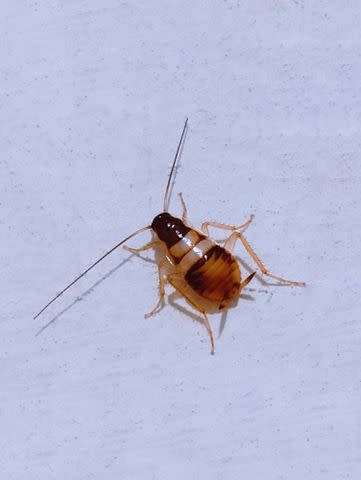
G A Chandio / Getty Images
A brown-banded cockroach nymph.Easy to confuse with German cockroaches
Much less common than German roaches
Small, between 0.3" and 0.6" long
Name applies more to nymphs (young roaches) than adults; adults are golden in color whereas nymphs are more varied in color with distinct dark marks
Males fly and are commonly found around light fixtures left on at night
Can infest, especially in apartments and multi-family housing
Prefers temperatures above 80 degrees F
Brown-banded cockroaches are found throughout the United States (except in extremely cold climates) and are especially prevalent in buildings that keep the inside temperature high.
They are not limited to kitchens but have been nicknamed "furniture roaches" because they're found throughout the home, in couches, under tables, and behind artwork.
Oriental Cockroach
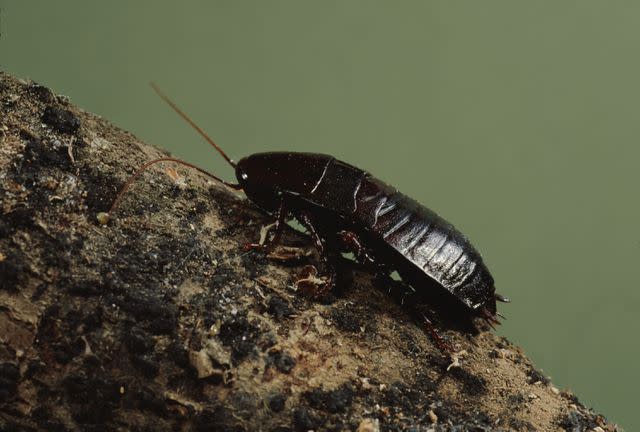
Weber / Getty Images Plus
Nicknamed "water bugs" because they like moist environments
About 1" long
Shiny and brown to black in color
More commonly found outside, but can infest interiors, especially if moisture is present
Not as shy as other species
Much slower than other species
Often found in areas with ample organic debris, these roaches are most common in damp and cool spots; places like the basement, crawlspace, garbage chute, and plumbing.
If you're concerned about oriental cockroaches, start by addressing any moisture issues, including leaks and moisture damage.
American Cockroach
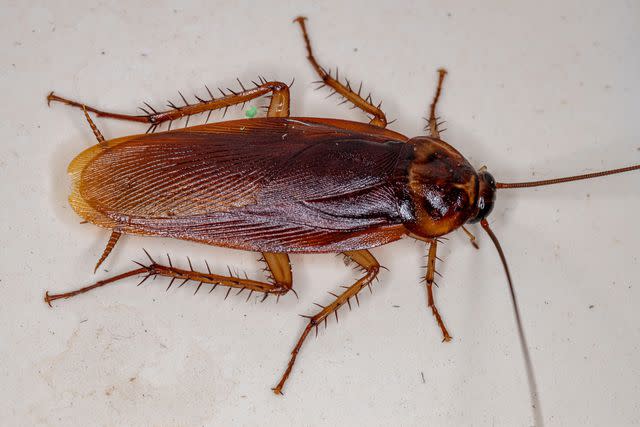
ViniSouza128 / Getty Images
Sometimes called 'palmetto bugs'
Very common on ships and boats
Largest common cockroach, about 1.5" long when fully grown
Spread throughout the world
Rarely found in houses
Like many types of cockroaches, American roaches are found in dark, damp places like sewers and basements. They especially like hanging around plumbing and pipes.
Due to their propensity to hang around in sewers and pipes, American cockroaches can migrate inside in large numbers after heavy rains.
Smokybrown Cockroach
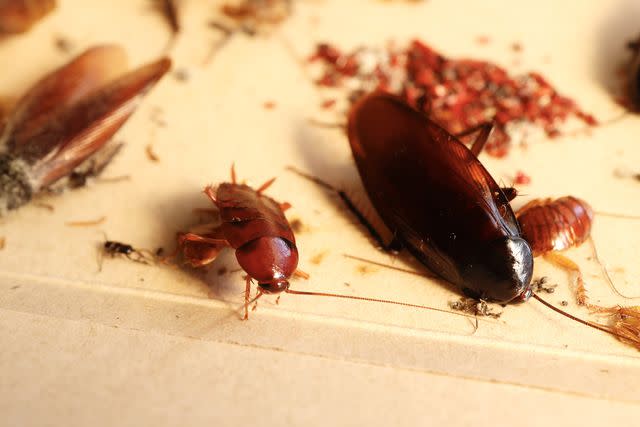
Yusuke Ide / Getty Images Plus
An adult smoky brown cockroach (right) and nymph (left).Sometimes called 'palmetto bugs'
1.25" - 1.5" long when fully mature
Shiny, dark red-brown color
Adults are more uniform in color than other types of roaches
Common pest in moist, warm states in the South and along the Gulf, especially Florida
These pests require constant moisture to avoid drying out, and while they may wander inside here and there, they prefer to be outside when it's warm outside.
These pests prefer to nest outside, in vegetation, and inside tree holes, but an attic with a moisture problem will do, too.
Australian Cockroach
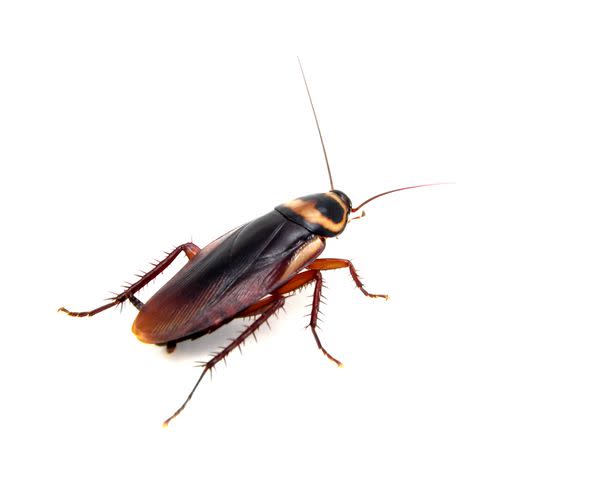
jonesmarc / Getty Images
Sometimes called 'palmetto bugs'
Confused for American cockroach but slightly smaller (1" fully grown)
Light yellow-tan markings on the head and the outer edge of the wings
Lives outdoors but sometimes wanders inside
Most common species found outdoors in Florida
Found mostly in Florida and Southeastern states along the coast, these cockroaches can also be found further north in greenhouses and other artificial humid environments.
They can cause damage to plants, and if they make their way inside, they have been known to chew on clothing, book covers, and other items.
Florida Woods Cockroach
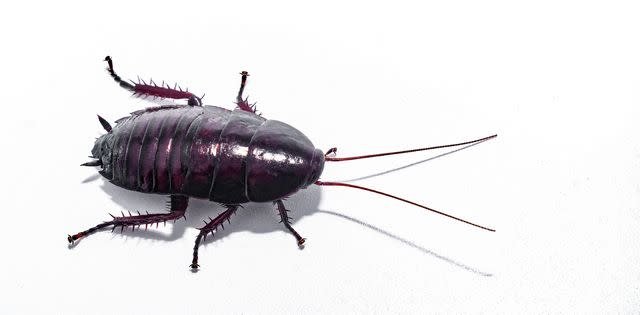
Chase D'animulls / Getty Images
Also called 'palmetto bugs'
1-1.5" long when fully grown
Sprays a strong, bad-smelling fluid when disrupted, earning it the name 'skunk roach'
Found in Florida
While these roaches prefer the outdoors, they occasionally wander inside but are unlikely to infest. These are warm weather pests that require heat and humidity for survival and ideal breeding conditions.
Turkestan Cockroach
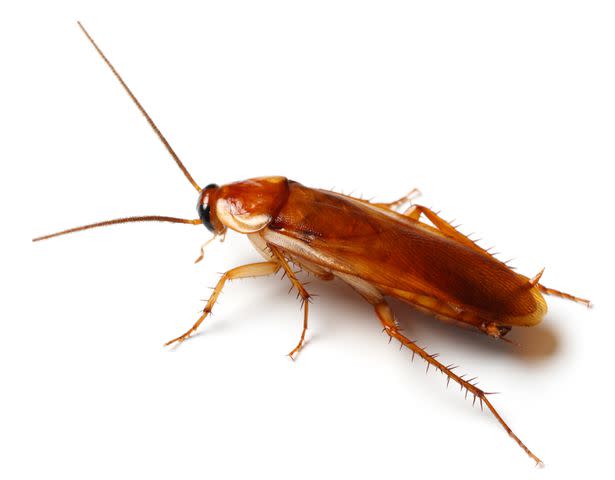
Antagin / Getty Images
A male turkestan cockroach.About 1" in length
Males are yellowish-tan in color; females are dark brown-black with small, light markings behind the head and on the wings
Females are often confused with oriental roaches
Most common outside
These roaches are primarily found outside and prefer environments that are rich in decaying organic material, such as compost areas and rotting leaf piles.
While these roaches are a relatively new species in the U.S., they are becoming more prevalent, especially in areas like southern California and west Texas.
Common Cockroach Look Alikes
It's easy to confuse other pests for cockroaches, especially if you've never seen a cockroach up close before. It's important to know some general roach information, as well as other common roach look-alikes.
Pantry beetles and weevils are very common in kitchens and pantries. Most frequently, they come home from the store in bulk grains or flours. It's easy to assume that tiny, creepy crawly little bugs are young cockroaches, but try and get a closer look. Also, consider where you found them. If they're in your rice, flour, or cabinets, they might be pantry pests.
Western conifer seed bugs and brown marmorated stink bugs would be considered occasional invaders, though some properties are prone to more severe infestations. These pests are outside dwellers, but they occasionally make their way inside, especially in the spring and fall. If the issue isn't severe, a vacuum should do the trick, but if you're noticing large groups of these pests, you may want to get in touch with a local pest control company for advice.
Frequently Asked Questions
What types of roaches infest homes?
The German cockroach is the most common roach that infests homes (and apartments). Unfortunately, German roaches are a common problem worldwide.
Which roaches are hardest to get rid of?
Interior roach issues can be generally difficult to deal with, but German roaches win the award for quickest to infest and hardest to get rid of. DIY cockroach treatments often make them even harder to get rid of, so make sure to contact a local pest pro for further help with indoor roaches.
What kills cockroaches instantly?
It's important to shift the focus from 'killing instantly' to 'killing effectively'. The roaches didn't infest overnight, and they won't go away overnight, either. While it can be frustrating to have to wait, long-term roach control is all about patience and persistence.
Are roaches a health hazard?
Roaches carry diseases and bacteria that spread illness, and severe infestations can cause severe allergies and asthma issues. The problems only worsen as time passes, so make sure to address roach concerns promptly.
Read Next:How to Get Rid of German Cockroaches

